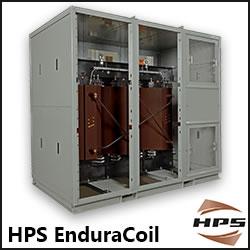Intel's 3 Million Square Feet of Solar Panels Help Heat, Cool and Light
Imagine enough solar panels to cover 52 regulation U.S. football fields or 47 full-size soccer fields. The company now estimates it has installed 3 million square feet of solar arrays at Intel sites in nine nations.
Today, Intel reports on its ongoing work worldwide to reduce its climate and environmental footprint in its annual Corporate Responsibility Report.
Imagine enough solar panels to cover 52 regulation U.S. football fields or 47 full-size soccer fields. The company now estimates it has installed 3 million square feet of solar arrays at Intel sites in nine nations. They harvest 33 million kilowatt hours of green power, equivalent to the annual energy use of 3,700 U.S. homes. At its campuses across the U.S., Europe and Asia, Intel uses energy from the sun to heat and cool its buildings, provide lighting and produce electricity for on-campus use. Today, 100 percent of the energy Intel uses in its chip manufacturing business in the U.S. and Europe comes from renewable sources: solar, hydro, wind. Intel has for the past decade, according to the U.S. Environmental Protection Agency, been the United States No. 1 or No. 2 corporate buyer of green power.
To learn more about Intels global work in water and waste recycling, energy conservation, reduction in greenhouse gas emissions and environmental sustainability, see the 2017-2018 Intel Corporate Responsibility Report, released today.
About Intel
Intel (NASDAQ: INTC) expands the boundaries of technology to make the most amazing experiences possible. Information about Intel can be found at newsroom.intel.com and intel.com.
Intel and the Intel logo are trademarks of Intel Corporation in the United States and other countries.
Featured Product

HPS EnduraCoilTM Cast Resin Medium Voltage Transformer
HPS EnduraCoil is a high-performance cast resin transformer designed for many demanding and diverse applications while minimizing both installation and maintenance costs. Coils are formed with mineral-filled epoxy, reinforced with fiberglass and cast to provide complete void-free resin impregnation throughout the entire insulation system. HPS EnduraCoil complies with the new NRCan 2019 and DOE 2016 efficiency regulations and is approved by both UL and CSA standards. It is also seismic qualified per IBC 2012/ASCE 7-10/CBC 2013. Cast resin transformers are self-extinguishing in the unlikely event of fire, environmentally friendly and offer greater resistance to short circuits. HPS also offers wide range of accessories for transformer protection and monitoring requirements.
